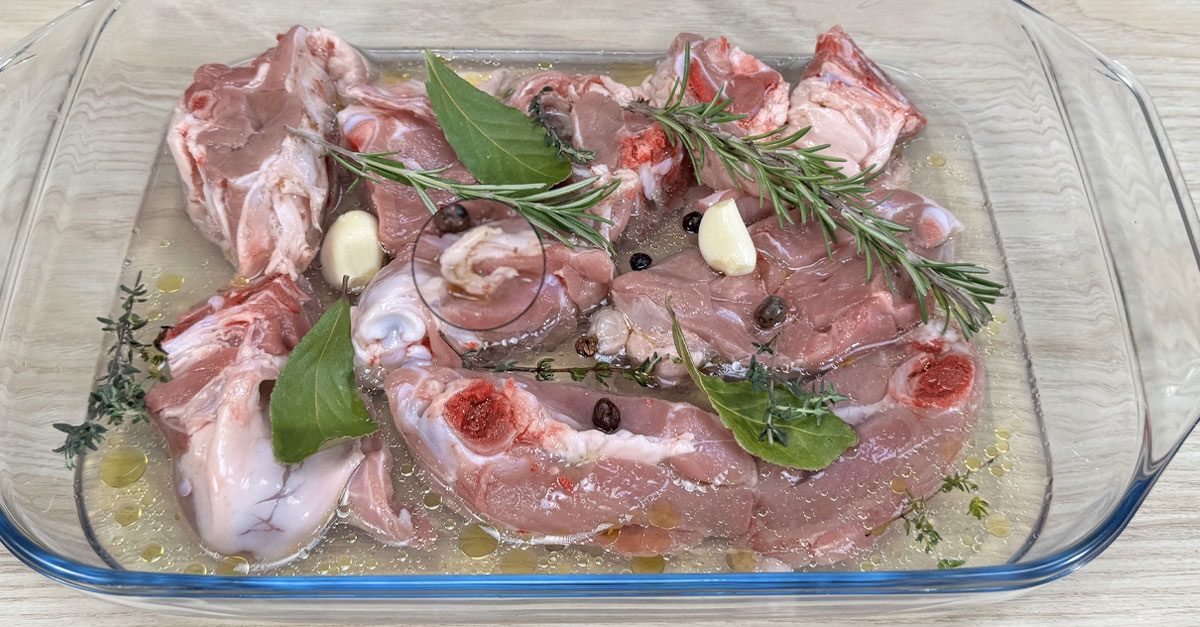How to Buy the Best Quality Meat: 11 Things to Look Out for When Buying Meat
Choosing fresh meat involves more than just picking a cut. Key factors like color, smell, texture, and packaging can all impact quality. Understanding how to assess these elements helps ensure you're getting the best meat for your meal, from firm beef to tender poultry. Knowledge of sell-by dates and proper storage also plays a crucial role in freshness.
;)
When it comes to buying fresh meat, there are a number of factors to consider to ensure you’re getting the best quality. From color and smell to packaging and storage, knowing what to look for can make all the difference. Whether you’re purchasing red meat, poultry, or game, these tips will help you confidently pick the best cuts every time.
1. The Color of the Meat

The right color depends on the type of meat you're buying. Red meat should be a deep color, ranging from purple to red, and can even turn brown if exposed to oxygen — this doesn’t mean it's spoiled, just that it’s been oxygenated. Pork should have a light, blush-pink color, while game meat tends to be a rich brown. Poultry color can vary significantly, mainly due to the bird’s diet, and can range from pale white to yellowish hues. This variation is completely normal!
2. The Smell

Smell is one of the most reliable indicators of meat freshness. Though not everyone loves the scent of raw meat, it’s essential to check for any off-putting or pungent odors. If the meat smells strongly foul or like it’s rotting, it’s best to steer clear. A mild "fresh" smell is what you want.
3. Clean Cuts Matter

Good quality meat is often easy to spot by its cuts. Look for smooth, clean edges that are consistent in size. Jagged edges or irregular cuts can be a sign of poor butchering. When buying poultry, this is especially important, as lower-quality cuts might have less attention paid to the removal of bones or joints. If you prefer less bone, opting for higher-grade poultry is the way to go.
4. The Surface of the Meat

When you examine red meat closely, you'll see visible muscle fibers. These fibers tell you about the meat's texture. Coarse, thicker fibers indicate a tougher cut of meat with plenty of flavor — perfect for slow cooking methods. On the other hand, leaner cuts like beef tenderloin will have finer, less noticeable grains, resulting in a tender and juicy texture when cooked.
5. Fat Distribution

Fat is a critical element in determining the flavor and tenderness of meat. When choosing cuts with fat marbling (the streaks of fat within the muscle), know that the finer the marbling, the more tender and flavorful the meat will be. Wagyu beef, for instance, is famous for its marbling and is known for its exceptional taste and tenderness. However, marbled meats tend to be more expensive.
6. Texture of the Meat

The texture of meat can tell you a lot about its quality. Beef should feel firm and dry with tightly packed muscle fibers that give it a dense structure. If the meat feels soft or like it might fall apart, it could be a sign of poor handling. The same goes for poultry: if it feels slimy or sticky, it’s best not to buy it. Consistency in texture is key for ensuring quality.
7. The Sell-By Date

While "best before" dates focus more on the quality of the meat rather than its safety, it's still important to buy meat with the latest possible date. This gives you a few extra days to cook or freeze it. Although you can consume meat past this date, you’ll need to use your judgment on whether it’s still fresh.
8. The Use-By Date

The use-by date is far more critical than the sell-by date. It tells you when the meat will begin to spoil, and you should consume it by this date at the latest. After the use-by date has passed, the risk of consuming spoiled meat increases significantly. Ground meat is especially prone to spoilage due to its increased surface area and the handling it undergoes.
9. Inspect the Packaging

Check the packaging carefully for any damage or signs of contamination. While packaging issues might not directly affect the meat’s quality, they can indicate how well the meat was handled. If the packaging is dirty or damaged, it’s possible that the meat was exposed to harmful conditions, which could lead to spoilage.
10. Proper Storage at the Store

It’s not just about the meat itself — how it’s stored in the store matters too. If the temperature in the fridge or freezer section seems higher than normal or if water is leaking from freezers, it could mean the meat isn’t being stored properly. This can result in meat that’s less fresh or even spoiled, so always pay attention to the store’s storage conditions.
11. Ask the Butcher for Advice

Your butcher is your best resource when shopping for fresh meat. Don’t hesitate to ask them questions about the freshest cuts available, how to prepare certain meats, or even what to buy for your specific dish. Butchers are also happy to offer advice on cooking methods and may even provide discounts if you buy in bulk.
;Resize,width=767;)
;Resize,width=712;)
;Resize,width=712;)
;Resize,width=712;)
